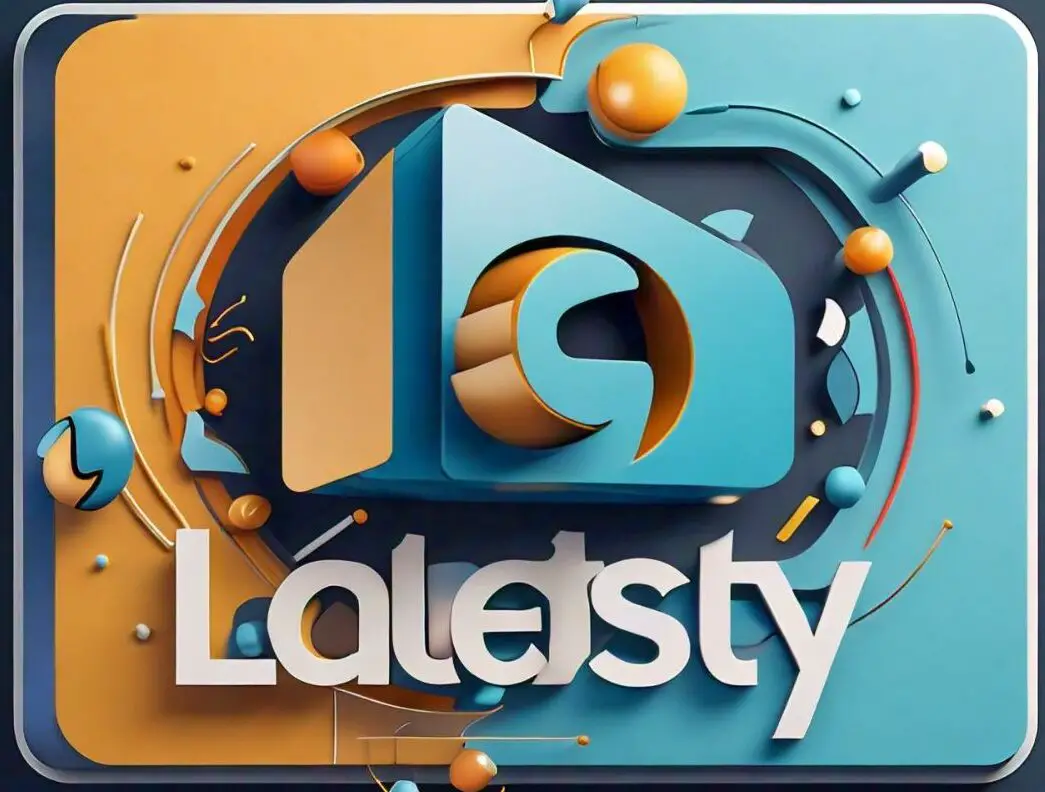When the federal government tries to pass a law like the teen social media ban, it has to publish some analysis that explains why it’s a good idea.
The Office of Impact Analysis does what it says on the box: publish documents prepared by public servants that examine what the evidence says about the proposed policy. Politicians initiate this process, but it’s public servants who are tossed an idea and told to go find proof about how it will play out.
Knowing this, it’s no surprise a reader of the teen social media ban bill’s impact analysis equivalent supplementary analysis can detect a palpable sense of exertion in the document, as if written by a student trying to squeeze out an extra few hundred words for an essay argument they don’t really believe in (or a professional public servant straining to justify a proposal that many experts consider unsupported by compelling evidence).
The analysis starts by acknowledging, as critics of the bill do, that there is a lack of “correlative evidence of the harms of social media on young people”. Nevertheless, it covers a handful of other surveys and studies that illustrate the harms young Australians can experience on social media, while also paying lip service to its potential benefits.
The analysis includes sweeping claims that are at the very least contested. For example: “introducing a minimum age for access to social media is likely to have a positive impact on all young people under the minimum age, but particularly for girls and transgender youth”.
The document goes on to evaluate three policies: the status quo, banning children younger than 14 and then allowing them online with parental consent, or banning them until 16. This frames the discussion as a dichotomy: ban or no ban. (These limits are no fault of the author, as you don’t really get room to vamp in parliamentary impact policy analysis). But in the real world, we might ask: ban? No ban? No ban with a statutory duty of care? Or with just parental consent? The options are endless and the surface is barely scratched here.
When it comes to the proof supporting the idea of banning children under 16, the report becomes particularly thin. It mentions children’s fears of “FOMO” and parents feeling “unsupported to make evidence-based choices about when their children should be on social media”. (Perhaps policymakers’ anxiety over evidence-based decision-making should be included too?)
The research cited as part of this option comprises two documents:
- A study whose co-author told Crikey that its findings do not support the case for a teen social media ban.
- A section from the US surgeon general’s advisory on social media and youth mental health, which is based on the above study.
In short, the government has provided what boils down to a single piece of research in support of the benefits of a teen social media ban. And it’s not a very good one, either.
There’s plenty more in the report, too, such as a “multi-criteria analysis” matrix that scores the policy on a numeral rating. The report scores the teen social media ban as having a net benefit of 0, calculated by balancing young people and parents’ +2 score by a score of -2 for all Australians and social media company. On the other hand, the status quo was given a -5 score. (How it was decided that the status quo for young Australians was rated a -3, the worst possible score, despite acknowledging its various benefits, is a question only the author and God can answer.)
There’s also the estimate of how much it will cost to carry out the policy. The government’s back-of-the-napkin calculation is that it will take only 80 hours at each of the 100 different social media services, costing approximately $54 million across the economy. Particularly bizarre is the assumption that after the first year — presumably once the policy is in effect — “22,500 Australians, including people under the age of 16, will (attempt) to sign up for four social media accounts each year”, which is either a typo or a severe underestimation of many Australians are on the dang computer these days.
But despite all this detail, the analysis is doomed to fail because the teen social media ban is a policy based on values, not on value. Despite all the qualifications and concerns, many parents are simply worried about their children and don’t like seeing them on their phone too much, lack of solid evidence be damned. It’s severely hamstrung by the fact that much of the ban’s execution will be left to the communications minister and eSafety commissioner, leaving no room for any meaningful analysis of how its implementation will work in practice.
That’s an okay basis for a policy if you’re a politician who is accountable to the voters. But it sure does make life hard for the public servant who has to justify why.
Have something to say about this article? Write to us at letters@crikey.com.au. Please include your full name to be considered for publication in Crikey’s Your Say. We reserve the right to edit for length and clarity.

Leave a Comment